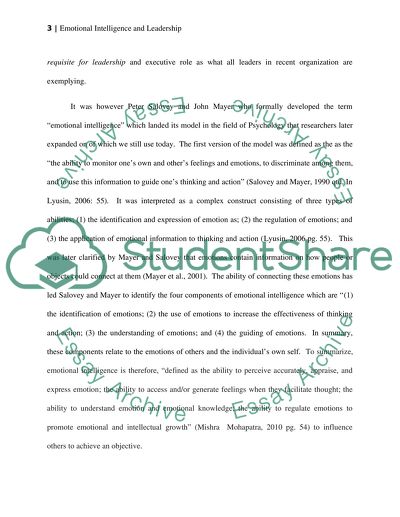Cite this document
(“Emotional intelligent leaders Essay Example | Topics and Well Written Essays - 2000 words”, n.d.)
Emotional intelligent leaders Essay Example | Topics and Well Written Essays - 2000 words. Retrieved from https://studentshare.org/history/1465073-emotional-intelligent-leaders
Emotional intelligent leaders Essay Example | Topics and Well Written Essays - 2000 words. Retrieved from https://studentshare.org/history/1465073-emotional-intelligent-leaders
(Emotional Intelligent Leaders Essay Example | Topics and Well Written Essays - 2000 Words)
Emotional Intelligent Leaders Essay Example | Topics and Well Written Essays - 2000 Words. https://studentshare.org/history/1465073-emotional-intelligent-leaders.
Emotional Intelligent Leaders Essay Example | Topics and Well Written Essays - 2000 Words. https://studentshare.org/history/1465073-emotional-intelligent-leaders.
“Emotional Intelligent Leaders Essay Example | Topics and Well Written Essays - 2000 Words”, n.d. https://studentshare.org/history/1465073-emotional-intelligent-leaders.


